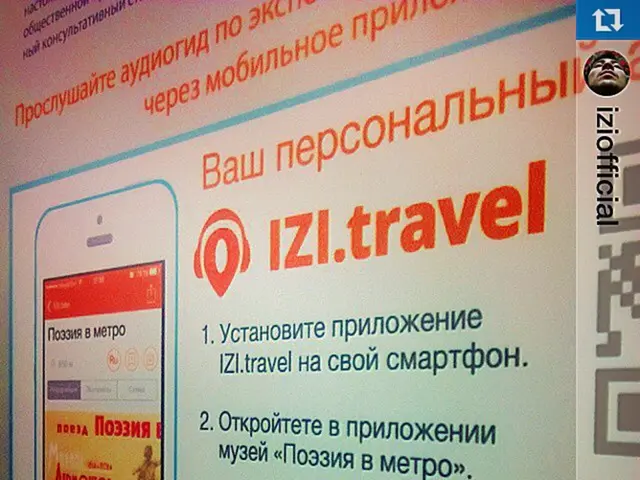Unauthorized Access and Identity Theft: Strategies for Defense and Security
Account takeovers (ATOs) pose a significant threat to businesses, leading to financial and reputational losses. These cyberattacks can result in data theft, money laundering, and fraud committed with the use of stolen accounts. In this article, we will discuss what account takeovers are, how they affect businesses, and what companies can do to prevent them, based on a guide prepared by Sumsub.
Methods Used for Account Takeover Attacks
Fraudsters employ various methods to gain personal information, including phishing, malware attacks, credential stuffing, automated password cracking, and Man in the Middle (MitM) attacks. Among the top methods used for ATO attacks are:
- Phishing attacks: Fraudsters send deceptive messages pretending to be trusted entities to steal login credentials.
- Credential stuffing: Using stolen credentials obtained from data breaches, attackers try these username-password pairs across multiple sites, exploiting password reuse.
- Brute force attacks: Automated guessing of passwords until correct credentials are found.
- Multifactor authentication (MFA) bypass techniques: Including SIM swapping, where attackers hijack a victim’s phone number to receive authentication codes.
- Adversary-in-the-middle (AiTM) attacks: Intercept legitimate authentication flows to capture credentials or MFA codes in real time.
- Helpdesk social engineering: Manipulating customer support to reset passwords or grant access.
- Malware: Installing malicious software to capture credentials or session tokens.
- Mobile app attacks and credential reuse: Using fake mobile apps to harvest credentials that are then reused in genuine apps for stealthy takeovers.
- Session hijacking: Stealing active session tokens to impersonate users without needing their credentials.
Protecting Against Account Takeover Attacks
To protect against ATO attacks, businesses can implement a multi-layered security strategy:
- Multi-factor Authentication (MFA): While not foolproof, it adds an essential security layer beyond passwords.
- Behavioral biometrics: Analyze users’ typing patterns, mouse movements, and other behaviors to detect anomalies and stop suspicious sessions.
- Device fingerprinting: Track unique device and environment characteristics to identify unusual or new login attempts and flag them for additional verification.
- Advanced malware detection: Quickly identify and neutralize malicious programs that could intercept credentials.
- Machine learning and AI: Use real-time analytics to detect subtle fraud patterns and emerging threats, allowing proactive defense.
- Customer education: Inform users about phishing risks, social engineering tactics, and best practices like unique passwords.
- Protect helpdesk processes: Strengthen verification procedures to prevent social engineering attacks targeting support staff.
- Monitor and restrict credential reuse: Detect and block the use of leaked credentials across platforms, particularly in mobile app environments.
By combining these technical controls with user awareness and vigilant monitoring, businesses can significantly reduce the risk and impact of ATO attacks.
Real-Time Monitoring and Customization
Real-time monitoring allows companies to detect irregular patterns or behaviors that may signal a potential account takeover, such as login attempts from unfamiliar locations or sudden changes in account settings. Sumsub's AI-driven solution continuously adapts to new attack vectors and ensures early detection of potential threats.
Moreover, companies can customize their rules and flows with Sumsub's no-code builder, giving them tailored scenarios that cater to specific risk policies and business requirements.
Affected Businesses and Statistics
Account takeover affects various types of businesses, including car sharing, insurance, banks, crypto platforms, and more. Global account takeover incidents increased by 155% in 2023, according to Sumsub's internal statistics. Some organizations are more at-risk than others, such as financial services, iGaming, Virtual Asset Service Providers (VASPs), trading, marketplaces, and carsharing companies.
In conclusion, understanding the methods used for account takeover attacks and implementing a multi-layered security strategy can significantly reduce the risk and impact of these cyber threats on businesses. By staying vigilant and educating users, companies can protect their accounts and maintain the trust of their customers.
- Phishing attacks and credential stuffing are two popular methods used by fraudsters to carry out account takeover attacks, potentially leading to financial losses and damage to a business's reputation.
- To combat these cyber threats, businesses can employ a multi-layered security approach, utilizing methods like multi-factor authentication, device fingerprinting, advanced malware detection, machine learning, customer education, and helpdesk protection.
- In the digital age, continuous real-time monitoring and customization of security measures, such as Sumsub's AI-driven solution, are crucial for early detection of potential account takeover threats and maintaining the trust of customers.




